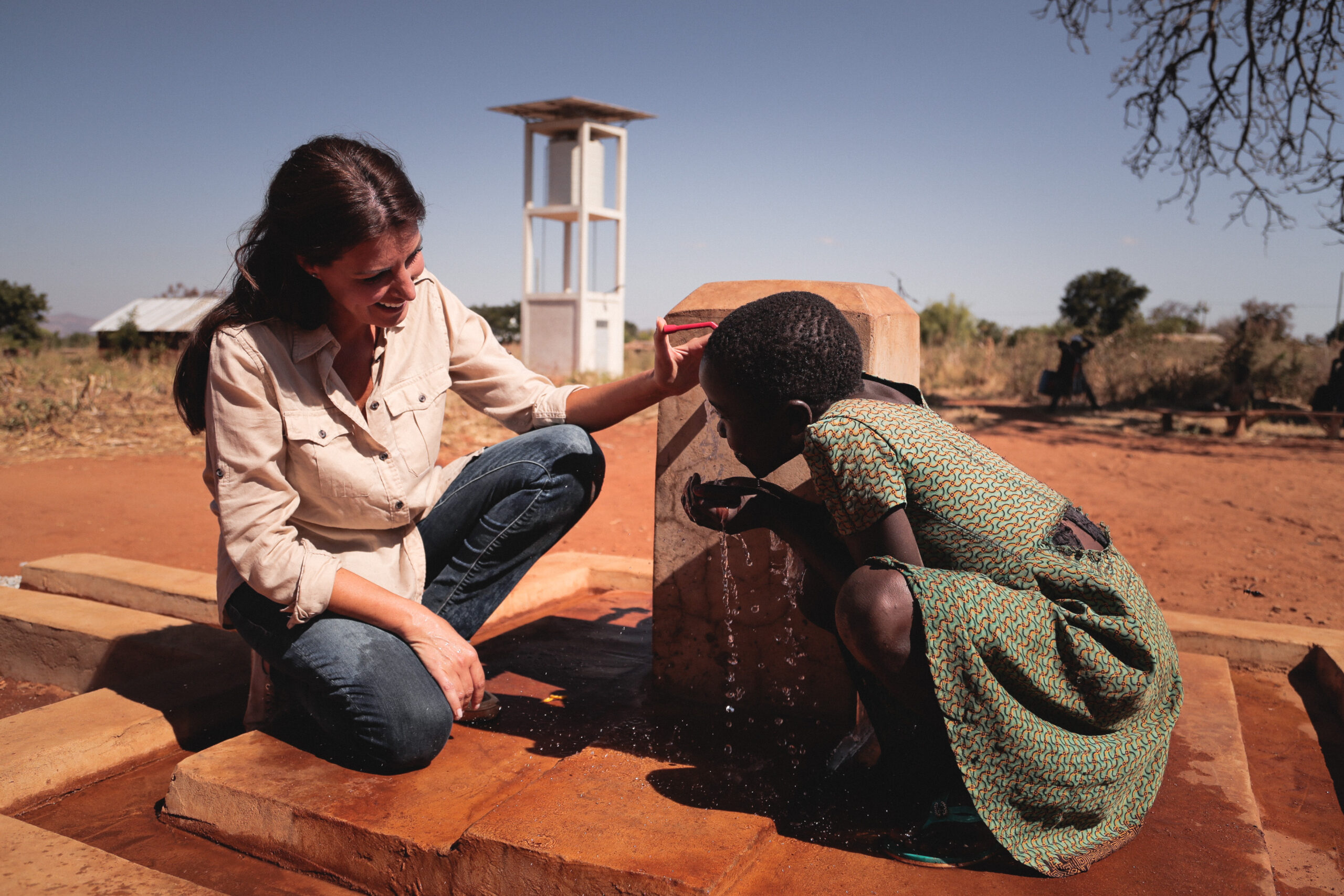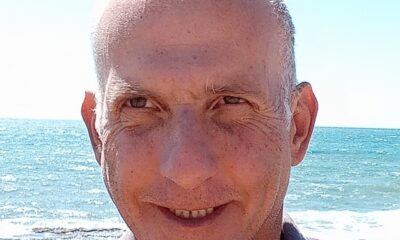
Featured Item

The philanthropist who is opening taps for Africa
“The solution exists, it’s time to act,” says Israeli-born social entrepreneur Sivan Yaari, the chief executive and founder of Innovation: Africa, an organisation addressing Africa’s crippling water crisis village by village.
“The main challenge in much of Africa is lack of energy, which means there’s no electricity in medical centres or schools,” says Yaari. “Most importantly, because there’s no energy, there’s no access to clean water. Yet the sun exists, the water exists, and with only a few solar panels, we can make a change.”
With this in mind, Yaari set out to address the challenges she observed while working in Madagascar as a quality controller for renowned clothing company Jordache Jeans. Though she grew up in Israel and France and studied in America, it was Africa where Yaari found her calling. “I reached the continent, I spent time in the villages, and really, I’ve never left,” she said at a Young Presidents’ Organization breakfast held in Sandton last week.
Visiting villages in Madagascar, Yaari quickly realised two things: children weren’t going to school, and medical centres had no refrigerators to safely store vaccines and medicines. “I continued travelling across the continent to Jordache’s factories there, and in all of them, I saw the same situation – no electricity,” she says. “Even today, more than 600 million people in Africa don’t have access to electricity.”
Determined to bring electricity to the continent, Yaari set out to further her education and applied to Columbia University in New York. Here, she attained her masters in energy. Asking a professor for input on how to help provide electricity to African villages, he said she would need only two solar panels. Attaining a grant from the university, she returned to Madagascar armed with the panels, and installed them at a school and medical centre.
Powering 12 light bulbs and providing a small refrigerator to safely store medicines and vaccines, she observed an immediate impact and knew she had to continue. Yaari found a donor, who advised her to open a non-profit organisation, and so in 2008, Innovation: Africa was born.
Still a student, Yaari returned to America only to realise that she’d made a mistake in not considering how the village would fund new light bulbs. Returning to the village, she hit upon the idea of using the solar energy to charge cellphones which ultimately became a business, gave rise to other businesses, and covered the energy maintenance costs.
Continuing to bring electricity to schools and medical centres across the continent, Yaari hit another challenge, one that ultimately changed the face of her organisation. “At a school in Uganda where we had recently installed a solar system, I was told that the school wasn’t using the energy. The children weren’t coming as they were too weak to walk.”
Yaari deeply regretted not being curious enough to find out why the children weren’t coming to school when she first observed this in Madagascar. “If I’d asked, I would have understood that the source of the problem was that they had to collect water. This was often not safe for drinking, and they’d get sick,” she says. Yaari now knew that she had to provide access to clean water. Investigating solutions, she thought of Israel’s pioneering water and solar technology.
Today, through this technology, Innovation: Africa has delivered access to clean water and electricity to more than four million people across 10 African countries. “From working in Madagascar to running this very large organisation with a $20 million [R362.2 million] budget, we’re now providing water to 250 villages a year,” says Yaari.
Though this may be significant, she says that compared to what’s actually happening on the ground, it’s still a drop in the ocean. “The situation is just growing, and we have to find ways to reach the villages and pump water. By doing this, we’re not only helping those in need, we’re helping ourselves as well because a lack of water creates a lot of conflict – I’ve seen it.”
Yaari was initially sceptical about branching into South Africa, which she knew had electricity, but she was convinced to visit the country’s rural villages by former Investec Chief Executive Stephen Koseff five years ago. Investec funded her work in the first few villages she assisted.
“What shocked me the most in South Africa’s villages were the women’s stories,” she says. “They said, ‘We’re scared, we’re being raped at night when we fetch water’.” As in the rest of Africa, South African women, often together with their daughters, wake up early to reach water sources so they can be home in time to send their children to school. On the way, they’re often attacked.
Seeing the impact of these and other harrowing stories takes its toll, but the ability to make a change keeps Yaari going. “Knowing that I can do something about it, that it won’t take too much to provide clean water, and that their lives will be transformed just motivates me to move faster,” she says.
“Villages in South Africa are much bigger than in the rest of Africa, housing up to 10 000 people, with no access to clean water,” she says. “Yet, there’s water everywhere, we just need solar energy to pump it from the aquifers.” To bring water to such large South African villages costs about R1.5 million. Through one South African donor who funds the organisation’s overhead costs and triples donations from other sources, the non-profit organisation has made a significant impact in South Africa and around the continent – but it aims to do much more.
The process of bringing water to a large village involves drilling into the aquifers; the construction of water towers; and the installation of solar panels that provide the energy needed to power the pumps. These pump water to the tanks and through gravity, water flows to the taps they install throughout the village.
“Before we start construction, we work with the community to get everyone involved. We hire 10 local villagers to work with a contractor for four months, after which they get a certificate. They learn everything about maintaining, operating, and fixing the solar water pump system. This is one of most important parts of our work – they need to be able to fix it themselves if something goes wrong.”
Throughout Innovation: Africa’s growth, Yaari has remained dedicated to working on the ground. “It’s the best part of my work. It’s what I love the most,” she says. “It’s priceless to be in the villages and to see the immediate impact of access to water. Just that moment of opening the taps and seeing the hope in the eyes of the women, children, and villagers is so rewarding.”
Once there’s clean water in a village, everything changes, she says. “Children go to school, education improves, and fewer people are sick. What inspires us the most is when we return to a village and see agriculture and brick making, creating economic independence. Energy is the key to breaking the cycle of poverty.”










